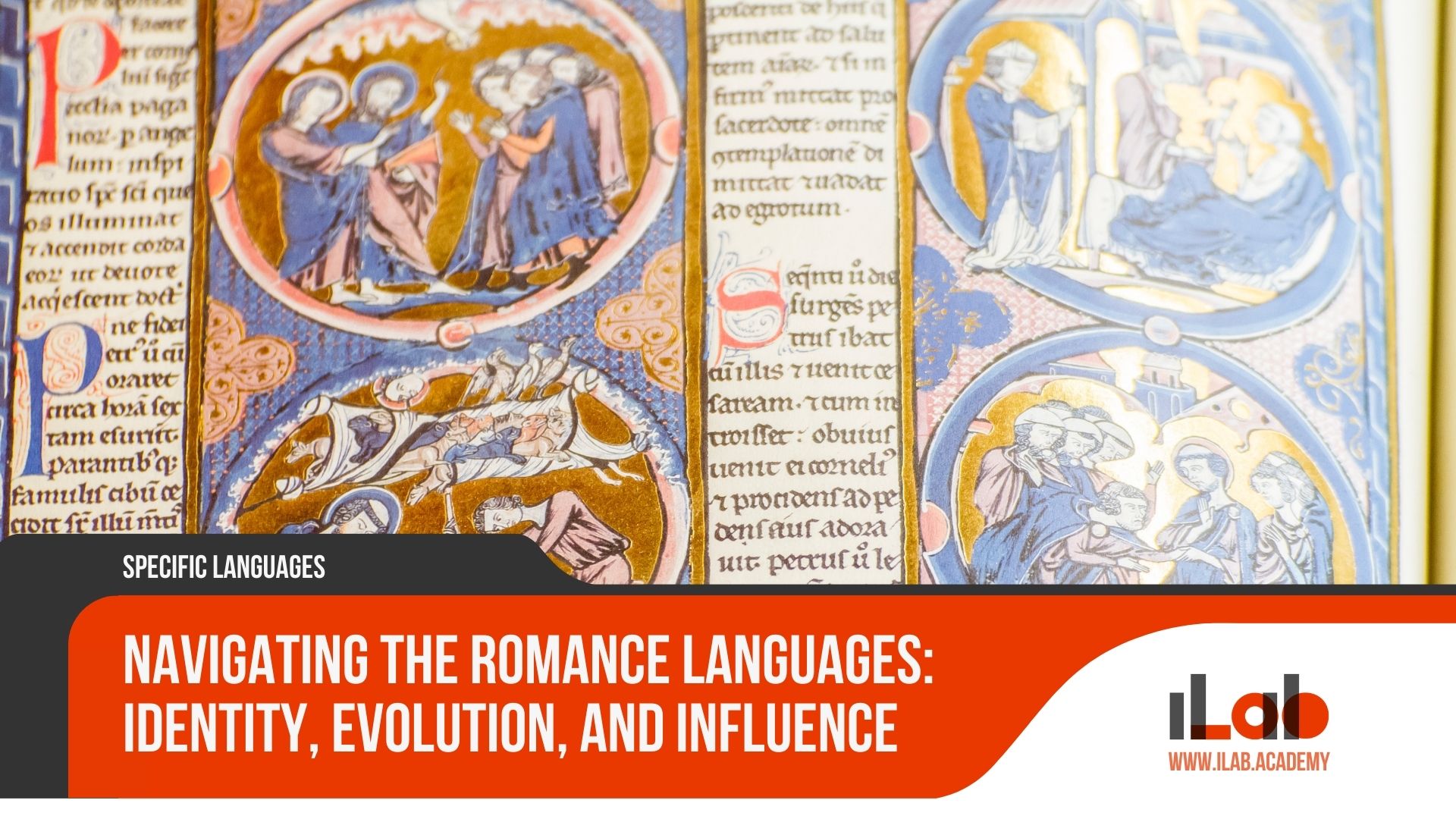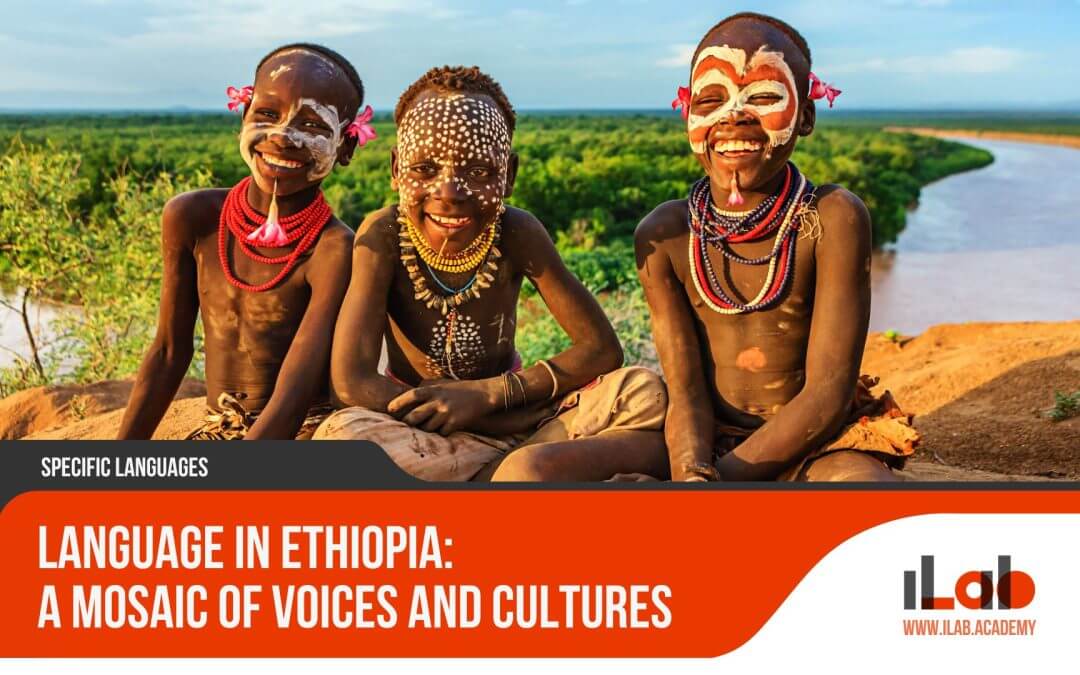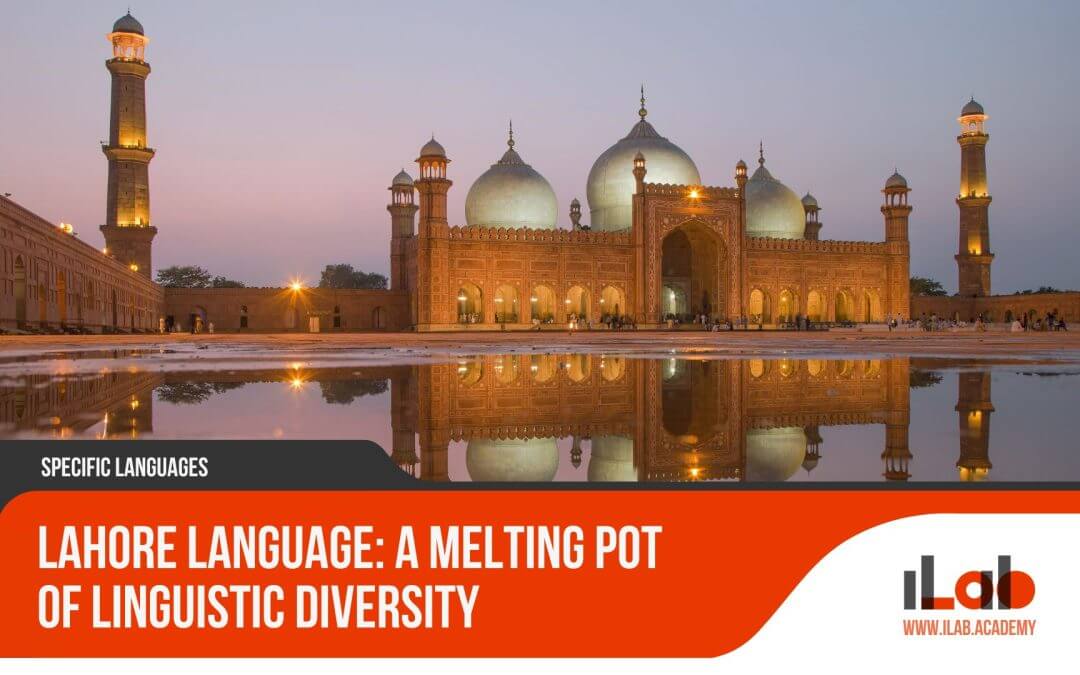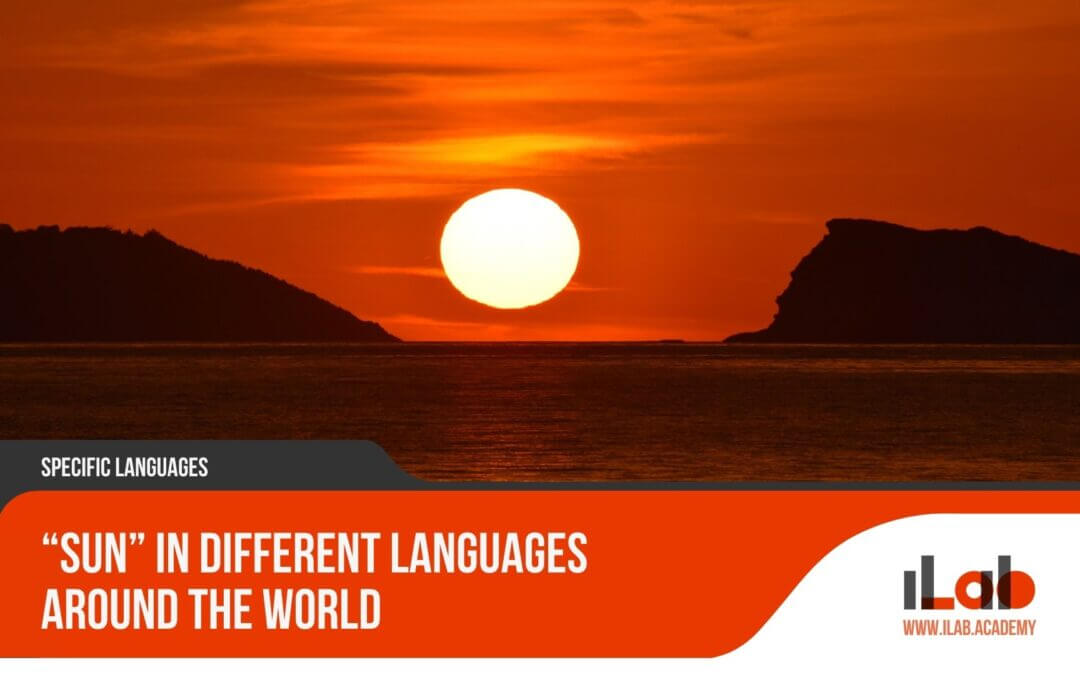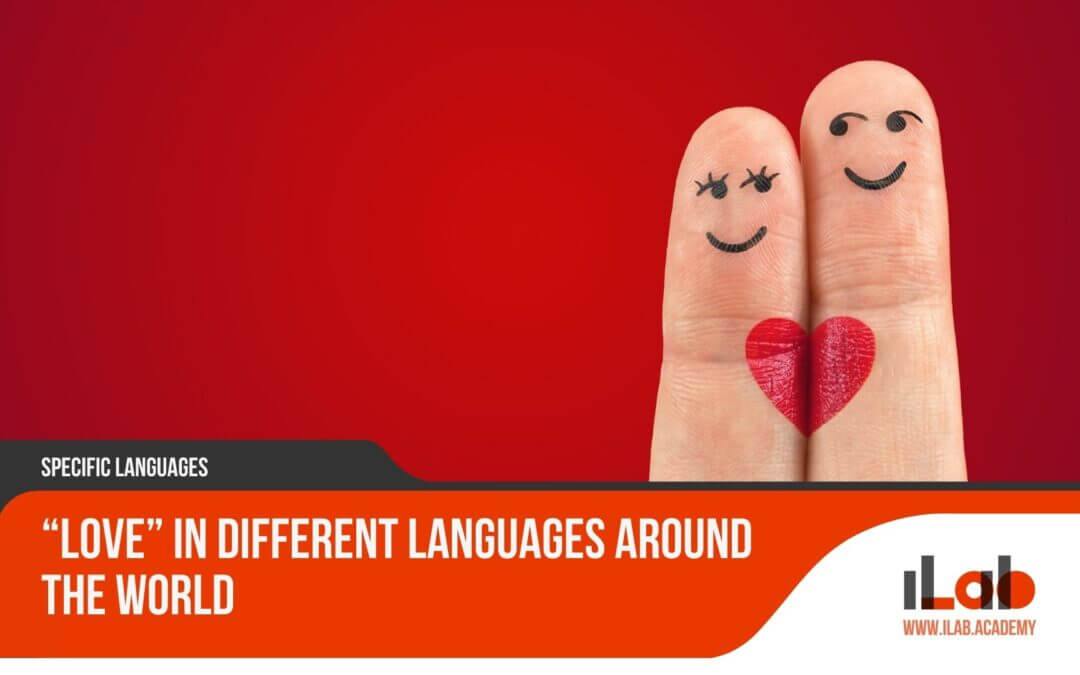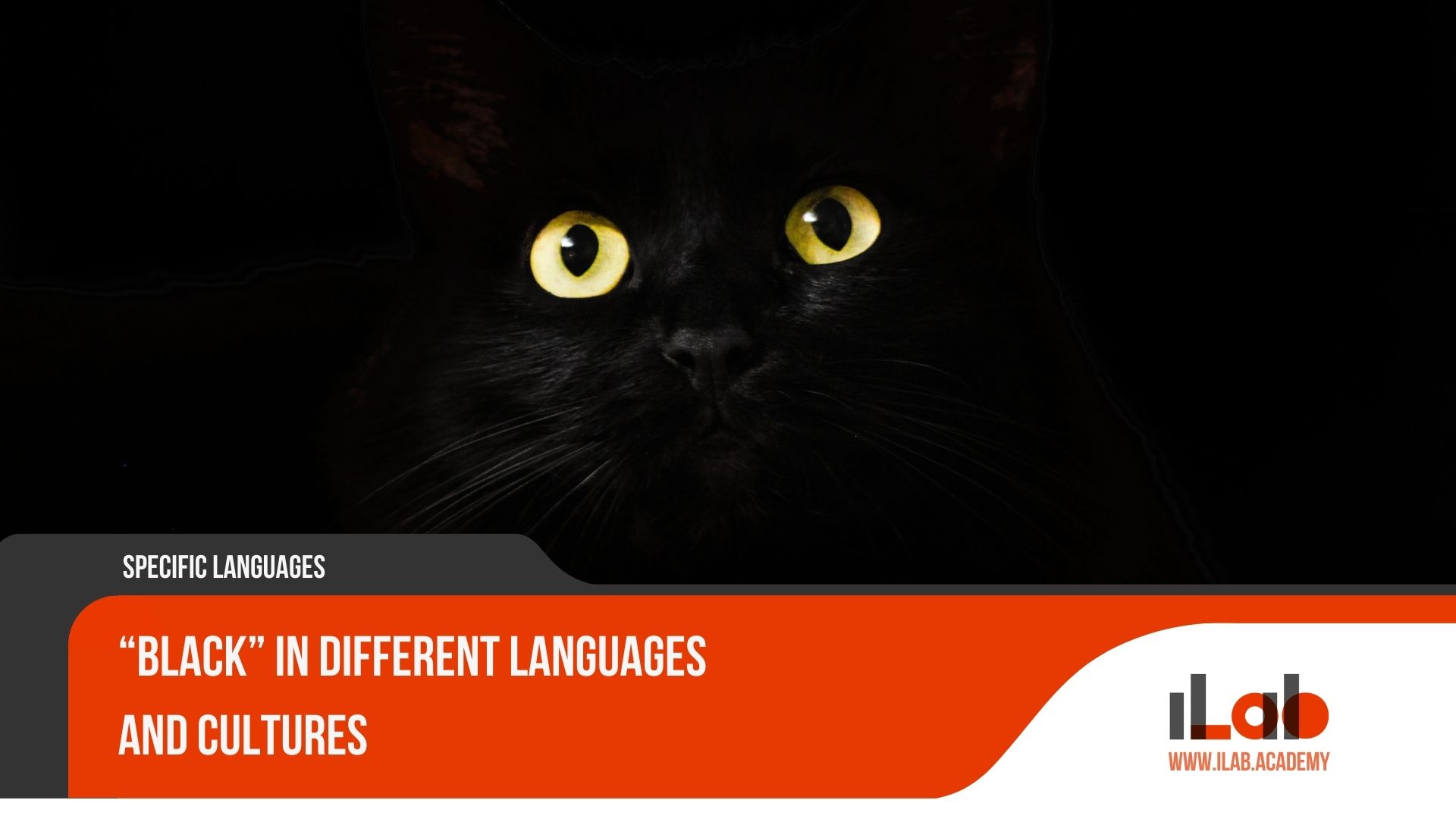Table of contents
The Romance languages, with their mellifluous cadences and rich literary traditions, provide a fascinating lens through which to examine the complexities of linguistic identity, evolution, and cultural influence. Emerging from the vernacular Latin once spoken by the Romans, these languages have traversed a multifaceted journey, branching out into a family that includes French, Spanish, Italian, Portuguese, and Romanian, among others. The intricate interplay of historical conquests, migrations, and societal transformations has left indelible marks on the development and dissemination of these tongues, creating a mosaic of dialects that both unite and distinguish communities. As scholars and linguists unravel the threads of this linguistic lineage, they uncover patterns of change and adaptation that reveal much about human communication and its role in the broader context of civilization. It is within this realm of discovery that one contemplates the ongoing narrative of the Romance languages, poised to unravel the subsequent chapters of their enduring saga.
Key Takeaways
- Romance languages have their origins in Vulgar Latin and represent an important aspect of European heritage and linguistic development.
- The evolution of Romance languages from Latin to the distinct languages known today is a historical journey that has resulted in a diverse range of languages.
- The Romance language family is composed of various languages, both well-known and regional dialects, which have different characteristics and global status.
- The Ibero-Romance subset, including Spanish, holds significant cultural relevance and has a widespread international reach.
Defining Romance Languages: Characteristics and Overview
To fully grasp the essence of Romance languages, one must first understand their defining characteristics, which are deeply rooted in the legacy of Vulgar Latin. Romance languages are a group of related tongues that evolved from Vulgar Latin, the colloquial form spoken by the common people across the Roman Empire. This language group is distinguished by several linguistic features that have been inherited from their Latin progenitor and subsequently modified over time.
One of the hallmark traits of Romance languages is their use of gendered nouns, where objects and concepts are classified as masculine or feminine. This gendering extends to adjectives and articles, creating a system of agreement that is central to the grammar of these languages. Additionally, Romance languages share a preference for Subject-Verb-Object (SVO) word order in their syntax, although variations can occur due to topicalization or stylistic choices.
A notable phonological characteristic is the presence of vowel changes that distinguish verbs across tense, number, and person, known as inflection. This feature is a direct descendant from Latin verb conjugations, although it has been simplified in some Romance languages. The vocabulary within this family of languages also demonstrates a high degree of cognates, words that are similar in form and meaning across the languages, facilitating mutual intelligibility to varying degrees.
The evolution of Romance languages has led to a rich tapestry of dialects and regional variations, each with its unique identity, yet all sharing the common threads of their Vulgar Latin heritage. Understanding these characteristics provides a foundation for exploring the nuances and global impact of the Romance language family.
The Origin and Evolution of Romance Languages
Building upon the foundational characteristics of Romance languages, we now explore their genesis and historical progression from Vulgar Latin to the myriad languages spoken today. The Romance languages, a family of languages that today count for a significant portion of the world’s linguistic landscape, began as regional dialects of Latin, spread by Roman conquest and cultural influence across Europe.
Vulgar Latin, the colloquial form spoken by soldiers, settlers, and merchants, was not a uniform language but rather a collection of varied dialects. As the Roman Empire weakened and eventually fell, these dialects evolved in relative isolation, gradually developing into distinct languages. This linguistic evolution was influenced by a variety of sociopolitical factors, including the invasions of Germanic tribes, which introduced new vocabulary and grammatical structures to the Latin base.
To hook the audience, consider these pivotal developments in the history of Romance languages:
- The Fall of the Roman Empire: The fragmentation of the Roman Empire around the 5th century A.D. set the stage for the divergence of Vulgar Latin into proto-Romance dialects.
- Influence of Invading Peoples: The Germanic invasions brought significant lexical and grammatical changes, contributing to the distinct characteristics of the emerging Romance languages.
- Geographical Isolation: Mountain ranges, rivers, and political borders led to the isolation of language communities, further encouraging linguistic divergence and the birth of languages such as French, Spanish, Italian, Portuguese, and Romanian.
Understanding the origin and evolution of Romance languages is crucial for appreciating the linguistic richness and cultural heritage that continues to shape the identities of millions around the world. The journey from a common Latin root to the diverse languages we see today is a testament to the dynamic nature of linguistic development.
Understanding What Romance Languages Are
Romance languages, characterized by their derivation from Vulgar Latin, are a diverse family of languages that have played a pivotal role in shaping modern linguistic and cultural landscapes. These languages encompass a broad spectrum of dialects and national tongues spoken by millions of people around the globe, each with its unique evolutionary tale and cultural backdrop.
The classification of Romance languages is rooted in their historical development from Vulgar Latin, the colloquial form of Latin used by the common people of the Roman Empire. With the fall of the empire and the subsequent fragmentation of its territories, isolated communities began to develop their distinct linguistic features, leading to a divergence from the original Latin and from each other. This process of differentiation gave rise to the Romance languages we recognize today.
Understanding the Romance languages entails recognizing their shared grammatical structures, vocabulary, and phonological attributes. These similarities are a testament to their common origin, allowing for a degree of mutual intelligibility among speakers of different Romance languages. At the same time, each language has embraced unique elements, influenced by regional histories, cultures, and interactions with other language groups.
In the present linguistic mosaic, Romance languages occupy a significant place, not only in their European heartland but also in communities across continents. Their global status is reflected in the widespread use of languages such as Spanish, Portuguese, French, Italian, and Romanian, among others. The influence of Romance languages extends beyond mere communication; they are integral to the identity and heritage of the societies that speak them, contributing to the rich tapestry of human culture.
Identifying the Romance Languages
While numerous languages fall under the umbrella of the Romance language family, they range from widely spoken international languages to more localized dialects and variants. These languages are united by their origin from Vulgar Latin, the colloquial form of Latin used by the common people of the Roman Empire. As they evolved over the centuries, these languages have spread across the globe, each developing its unique identity while retaining a familial resemblance.
To understand the diversity within this language family, consider the following:
- Widely Spoken Languages: This category includes Spanish, Portuguese, French, Italian, and Romanian. These languages have a broad international presence, with Spanish and Portuguese, in particular, being prominent beyond Europe in the Americas and parts of Africa and Asia.
- Lesser-Known Variants: Languages such as Catalan, Galician, and Occitan may have fewer speakers, but they play crucial cultural roles within their regions and contribute to the linguistic mosaic of the Romance family.
- Endangered Dialects: Some Romance languages, like Franco-Provençal and Dalmatian, face the threat of extinction as their speaker numbers dwindle and younger generations adopt more dominant languages.
Identifying the Romance languages involves recognizing both their widespread influence and their regional significance. These languages not only reflect a rich historical journey from their Latin roots but also embody the dynamic nature of linguistic evolution as they adapt to modern influences and sociopolitical changes. For those who seek to understand the intricate tapestry of human language, the Romance languages offer a fascinating and vibrant segment of the world’s linguistic heritage.
The Ibero-Romance Languages: Global Significance and Presence
Acknowledging the diversity among the Romance languages, it is essential to explore the global significance and presence of the Ibero-Romance subgroup, particularly Spanish, with its profound international reach and cultural impact. The Ibero-Romance languages, which primarily include Spanish and Portuguese, represent a major linguistic force with a rich cultural heritage stemming from the Iberian Peninsula. These languages have transcended their European origins, establishing significant communities across the Americas, Africa, and Asia.
Spanish, in particular, boasts a considerable number of speakers worldwide, making it a leading language of international communication and business. It serves as an official language in over 20 countries and is one of the six official languages of the United Nations. Furthermore, Spanish has a strong cultural influence, seen in literature, music, and film, contributing to the global spread of Ibero-Romance cultures.
Portuguese, while having a smaller global footprint than Spanish, is nevertheless influential due to Brazil’s sizeable population and the language’s status in several African nations. The expansion of the Ibero-Romance languages has been furthered by colonial history, migration patterns, and the modern-day interconnectedness facilitated by technology and globalization.
Here is a concise overview of the global presence of three major Ibero-Romance languages:
| Language | Number of Countries | Cultural Influence |
|---|---|---|
| Spanish | Over 20 | Literature, Music, Film |
| Portuguese | Several | Music, Literature |
| Catalan | Spain, France, Italy | Literature, Arts |
This table underscores the varying degrees of influence and presence that the Ibero-Romance languages hold across the globe, highlighting their significant role in shaping world culture.
The Linguistic Development of Romance Languages: Diversity in Flux
The evolutionary journey of Romance languages is marked by a complex tapestry of sociopolitical events and cultural exchanges that have shaped their development across the centuries. From the decline of the Roman Empire to the rise of national states, the Romance languages have continually adapted, splintering into the diverse linguistic mosaic we recognize today. Their ongoing development is a testament to the adaptability of language, influenced by conquests, trade, and the innate human drive for expression and communication.
To appreciate the dynamism of this linguistic evolution, consider the following key factors:
- Sociopolitical Shifts: Over time, the changing political landscapes of Europe and colonial regions have played a pivotal role in shaping language usage, standardization, and prestige.
- Cultural Interactions: Romance languages have absorbed and integrated elements from other languages and dialects, leading to the creation of new vernaculars and the enrichment of existing lexicons.
- Technological Advancements: Modern communication technology has both unified and diversified language use, allowing for widespread dissemination of standardized forms while also providing platforms for regional and minority dialects to flourish.
The story of the Romance languages is one of perpetual change, where each language reflects a unique blend of historical influences and contemporary realities. From the standardized French of the Académie Française to the vibrant array of Spanish dialects across the Americas, the fluidity of these languages showcases both their resilience and their capacity for innovation. As we continue to explore the Romance languages, we witness a living history—languages that have not only survived the test of time but have thrived in the face of it.
Romance Languages Spoken Today
Romance languages continue to thrive as dynamic vehicles of daily communication for millions of people across the globe. Their reach extends from Europe to the Americas, Africa, and even pockets of Asia, reflecting a rich tapestry of cultural and historical influences. Today, these languages are not relics of the past but are vibrant and evolving, deeply ingrained in the social fabric of numerous societies. They serve not only as a means of everyday interaction but also as a gateway to the diverse literary, academic, and artistic traditions that they encompass.
The following table offers a snapshot of five prominent Romance languages, their primary regions of use, and an estimated number of native speakers. This data conveys the breadth and contemporary significance of these languages:
| Language | Primary Regions | Native Speakers (approx.) |
|---|---|---|
| Spanish | Spain, Latin America | 460 million |
| Portuguese | Portugal, Brazil | 221 million |
| French | France, parts of Africa, Canada | 77 million |
| Italian | Italy, parts of Switzerland | 58 million |
| Romanian | Romania, Moldova | 24 million |
These figures illustrate the extensive footprint of Romance languages in today’s world. They are subjects of study for language enthusiasts and scholars alike, who seek to understand their unique characteristics and global impact. Such languages are not static; they continue to adapt and transform, influenced by globalization, migration, and technological advancements. The persistent use of Romance languages in various domains, including education, commerce, and diplomacy, reaffirms their relevance and vitality in the contemporary linguistic landscape.
Common Linguistic Features Across Romance Languages
Despite their geographical and cultural diversity, Romance languages share a set of grammatical, lexical, and phonological features that stem from their common Latin ancestry. These shared characteristics not only illustrate the historical connections between these languages but also facilitate a level of mutual intelligibility among speakers of different Romance languages.
The Romance languages, evolving from Vulgar Latin, have retained and developed features that are distinct yet familiar across the family. For an audience keen on understanding the nuances of these languages, the following commonalities are particularly striking:
- Grammatical Structures: Romance languages typically feature a similar set of verb conjugations and tenses. They use two genders (masculine and feminine) and exhibit a preference for subject-verb-object (SVO) word order.
- Lexical Similarity: A significant number of cognates exist among Romance languages, which are words derived from the same Latin root that retain similar meanings, such as ‘mother’ (mater in Latin) becoming madre in Spanish, mère in French, and madre in Italian.
- Phonological Traits: The pronunciation in Romance languages often reflects systematic changes from Latin. For instance, the Latin ‘c’ before ‘e’ or ‘i’ becomes a soft sound (as in the English ‘ch’) in Italian and Romanian, while it evolves into an ‘s’ sound in French and Portuguese, and a ‘th’ sound in Castilian Spanish.
These shared elements not only serve as a testament to their common heritage but also as a bridge that connects the speakers of these diverse yet related languages. Understanding these common linguistic features is essential for appreciating the depth of the Romance languages and the rich cultural tapestry they weave across the globe.
The Number of Romance Language Speakers
Globally, speakers of Romance languages number in the hundreds of millions, underscoring the significant demographic presence of these linguistically linked communities. This substantial figure not only reflects the historical spread of Romance languages through colonization and cultural exchange but also emphasizes the current vitality of these languages in the modern world. Romance languages are spoken as a first language by a significant percentage of the world’s population, with Spanish, Portuguese, French, Italian, and Romanian being the most widespread.
Spanish boasts the highest number of native speakers among Romance languages, with over 460 million people speaking it as their first language, making it the second most spoken language in the world. Portuguese follows with approximately 221 million native speakers, largely due to Brazil’s population. French claims over 76 million native speakers, while Italian and Romanian have about 64 million and 24 million speakers, respectively.
These figures become even more impressive when considering second-language speakers, which greatly expand the linguistic footprint of these languages. French, for example, is widely learned as a second language throughout Africa, and Spanish has a considerable number of second-language speakers in the United States and other regions.
The proliferation of Romance languages is not only a testament to their historical expansion but also to their ongoing relevance in global communication, trade, diplomacy, and culture. Their influence extends beyond the number of speakers, affecting international relations, media, and education. As living languages, they continue to evolve, enriched by the exchange with other languages and the dynamic cultures of those who speak them.
Romance Languages in the Iberian Peninsula and Europe
Having established the remarkable number of speakers worldwide, it is important to consider the role of Romance languages within their European origins, particularly in shaping the linguistic landscape of the Iberian Peninsula. The Iberian Peninsula, primarily composed of Spain and Portugal, is a mosaic of Romance languages, each contributing to the region’s rich cultural tapestry. Spanish and Portuguese stand out as the most widely spoken, but other Romance languages such as Catalan, Galician, and Occitan are also integral to the region’s identity.
- Spanish (Castilian) is not only prevalent in Spain but has also become the world’s second-largest native language by speaker count.
- Portuguese, while rooted in Portugal, has spread far beyond Europe, with Brazil being the most notable example of its global reach.
- Catalan has a strong cultural presence, with its own literature and media, and is an official language in Catalonia, Valencian Community, and Balearic Islands.
These languages are a testament to the enduring legacy of Latin from which they evolved, and they continue to influence each other and the European continent at large. For instance, the mutual intelligibility between Italian and Spanish is a clear indicator of their shared roots, while French has left its mark on the development of regional dialects in bordering nations.
It is not just the presence of these languages in Europe that is noteworthy, but also their role in shaping political, social, and cultural dynamics. The linguistic diversity within the Iberian Peninsula, for example, reflects and reinforces regional identities. Moreover, the spread of Iberian Romance languages across Europe and the rest of the world underscores their adaptability and enduring appeal. As languages that have withstood the test of time, they exemplify the intricate blend of continuity and innovation that characterizes human communication.
The Influence of Other Languages on Romance Languages
Throughout history, Romance languages have been enriched and diversified through contact with a myriad of other linguistic traditions, absorbing vocabulary, grammar, and phonetics from various sources. The influence of other languages on Romance languages is a testament to the dynamic nature of linguistic evolution and the interplay of cultures across time and space.
The Iberian Peninsula, a crucible of linguistic exchange, witnessed the infusion of Arabic words into Spanish and Portuguese during the Moorish occupation. This legacy is evident in terms like “alfombra” (carpet) in Spanish, derived from the Arabic “al-khumbra”. Similarly, French has incorporated a considerable number of English words, especially in the realms of technology and culture, such as “le weekend” and “le marketing”.
In Italy, centuries of trade and political interactions have led to the assimilation of Greek, Germanic, and Arabic terms into Italian. Words like “banca” (bank) and “rischio” (risk) bear witness to these cross-cultural encounters. Romanian, geographically isolated from its Romance relatives, reflects Slavic influences due to its historical neighbors, with words like “glugă” (hood) borrowed from the Slavic “gluga”.
The exchange is bidirectional, as Romance languages have also impacted other linguistic families. English, for instance, has adopted numerous French and Latin terms, enriching its lexicon with words like “renaissance” and “culinary”.
This linguistic cross-pollination not only shapes the vocabulary of Romance languages but also influences phonetic and grammatical aspects. It is a process that continually molds the identity and functionality of these languages, ensuring their relevance and adaptability in a rapidly changing world.
The Global Expansion and Diversification of Romance Languages
As Romance languages absorbed elements from other linguistic traditions, their journey did not halt at the borders of Europe; it propelled them across oceans, seeding diverse linguistic landscapes with dialects and creoles. The global trajectory of these languages, underpinned by historical events such as colonization, trade, and migration, has cultivated a myriad of linguistic phenomena that underscore the adaptability and resilience of the Romance family.
To appreciate the global footprint of Romance languages, consider the following aspects:
- The role of colonial expansion in spreading Romance languages, particularly Spanish and Portuguese, to the Americas, Africa, and Asia.
- The emergence of creole languages, which blend Romance language elements with indigenous and other colonial languages, creating entirely new linguistic identities.
- The status of Romance languages as official, national, or co-official languages in over 40 countries, highlighting their international significance.
The influence of these languages extends beyond mere communication; they carry with them cultural narratives, literary traditions, and a historical legacy that continues to shape societies around the world. Spanish and Portuguese, for example, have not only established themselves in their European homelands but have also become dominant languages in Latin America and parts of Africa, reflecting a blend of local and European influences.
Furthermore, the diversification of Romance languages has given rise to regional dialects, each with unique features and linguistic innovations. This phenomenon enriches the linguistic tapestry of countries with Romance-speaking populations, as seen in the variety of Spanish dialects in different regions of Spain and Latin America.
Frequently Asked Questions
How Do Romance Languages Impact the Learning of Non-Romance Languages for Native Speakers?
For native speakers of Romance languages, learning non-Romance languages can be influenced by transferable linguistic skills. These include cognate recognition, understanding of grammatical structures, and phonetic awareness. However, language learners may also encounter challenges such as differing syntax, phonology, and vocabulary that are distinct from Romance linguistic features. The degree of impact varies depending on the language’s relation to the Romance family and the individual’s language learning strategies and exposure.
Are There Any Extinct Romance Languages That Have Been Forgotten Over Time, and What Is Their Significance?
Yes, there are extinct Romance languages that have been forgotten over time, such as Dalmatian and Mozarabic. These languages are significant as they offer insights into the historical linguistics and cultural interactions of the past. Their study can shed light on the evolution of living Romance languages and contribute to a deeper understanding of the linguistic heritage shared by modern Romance language speakers.
How Does Bilingualism Within Romance Language Communities Affect Language Preservation and Cultural Identity?
Bilingualism in Romance language communities plays a crucial role in language preservation and cultural identity. Balancing two languages can enrich cultural expression and awareness, while also posing challenges to the pure maintenance of each language. As these communities navigate linguistic pluralism, bilingualism often leads to a dynamic interplay between adaptation and tradition, influencing both the evolution of language and the steadfastness of cultural heritage.
In What Ways Do International Political Relations Influence the Status and Spread of Romance Languages?
International political relations significantly impact the status and dissemination of Romance languages. Political alliances, trade agreements, and diplomatic ties often lead to increased language learning and cultural exchanges, promoting linguistic spread. Conversely, political tensions can hinder this process. The dominance of certain nations on the global stage can also elevate the status of their language, as seen with Spanish and French, further influencing the global linguistic landscape.
How Do Technological Advancements and the Digital Age Affect the Evolution and Usage of Romance Languages Among Younger Generations?
Technological advancements and the digital age have significantly influenced the evolution and usage of Romance languages among younger generations. The widespread adoption of digital communication platforms has facilitated the creation of online communities where language evolves rapidly through shared media, memes, and colloquialisms. This digital immersion often leads to a blend of linguistic features, potentially accelerating language change and affecting language proficiency and literacy in traditional forms.
Conclusion
In conclusion, the Romance languages represent a dynamic and influential linguistic group derived from Vulgar Latin, whose widespread proliferation is marked by diversity and cultural significance. Their evolution from a common ancestor has led to a rich tapestry of dialects, each carrying a unique identity yet retaining mutual intelligibility. As these languages continue to adapt and interact with others globally, they underscore the intricate relationship between language, identity, and cultural exchange in the human experience.

